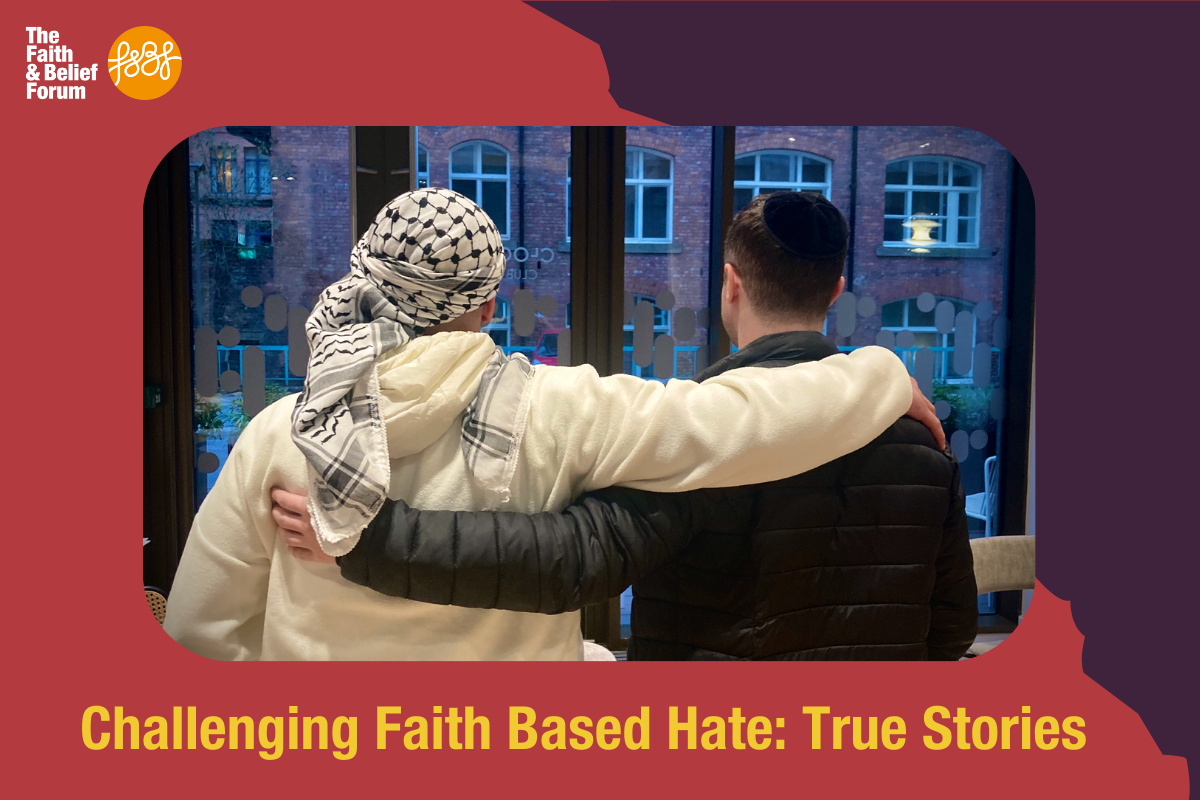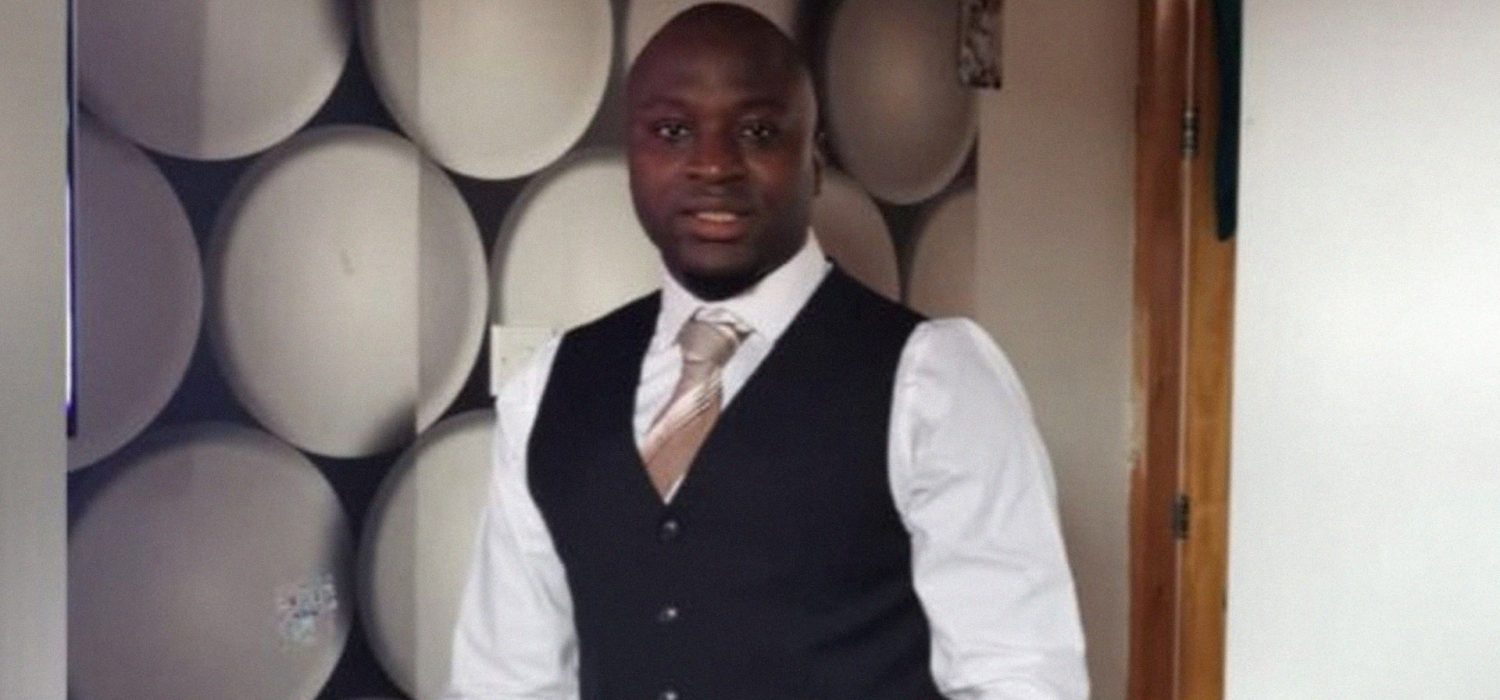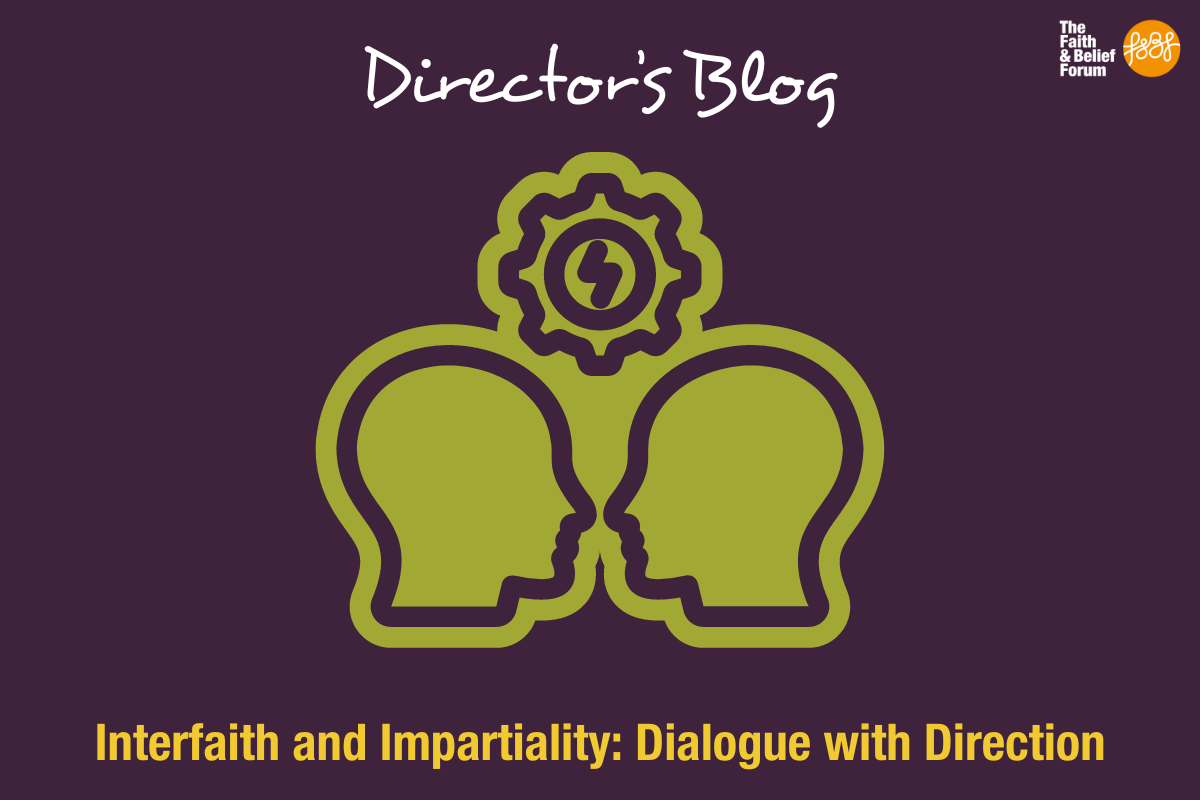
Challenging Faith Based Hate: True Stories
16 / 02 / 24
Menu

18 / 02 / 20

On the Gambia Independence Day, Alhage B. Ceesay, a student on our ParliaMentors leadership programme, shares his thoughts on his country and its people.
A country in west Africa situated on the Atlantic coast and surrounded by the neighbouring country Senegal. It occupies a long narrow strip of land that surrounds the Gambia river. The land is flat and is dominated by the river, which is navigable throughout the length of the country. With land size around 4000 sq. mile, Gambia is the smallest non-island country in Africa. Senegambia, as it was once in the post-colonial era, our people, culture and religion are very similar but because of the strategic shape and location of the Gambia river, Great Britain, the former colonisier and France brought about the territorial separation in 19th century.
Agriculture (peanut production) is the main source of livelihood for many years until recently remittance of Gambian diasporas. Many resources are underutilised especially the river Gambia with it fishing resources, which when improved, can uplift the national gross domestic product. Tourism ranks second with coastline beautiful beaches stretching the border of the Atlantic Ocean. Juffureh, the home town of Kunta Kinteh, the main character in Alex Haley’s well known novel “Roots” is situated 29 miles away from the capital Banjul and in north bank of the river Gambia that flows into the Atlantic Ocean.
The river basin was a focal point for migration, dating from the 12th century. The Jola (about 10%) are the people longest resident in the country, living mostly in Foni, west Bank of The Gambia. The largest ethnic group is Mandinka, originally from Mali, comprising about 34% of the population. The Wolof (12%) who are the dominant group in Senegal, also predominate in Banjul. The Fula’s approx. 22% settled the extreme upriver areas, and their kingdom, Fuladu, became a major power in the late 19th century. The Sonninke, Serer, Manjako, Aku and others. All these 8 main ethnic groups living side by side with a minimum of inter-tribal friction, each preserving its own language, religion, music, cultural traditions and even caste systems although, there is an increasing amount of cultural interaction and fusion.
In her mission of diverse people living in brotherhood, Gambians have let go every other thing except peace and tranquillity Gambia and her people enjoys to date because of this and the shape of the map, Gambia drive her nickname “Smiling Coast of Africa”. With 96% overwhelmingly Muslim and the Christian minority live side by side in harmony, forging for progress and peace that was embedded by our ancestors to bridge unity in our society regardless of once faith, political affiliation, colour of your skin or ethnicity. With February 18th reminding us 1965 when our nation founding fathers struggles for a sovereignty, with the idea of sustainable nation based on hard work, one people, peace and common interchangeable values, that would empower every Gambian. I would conclude with my favourite Gambian anthem.
For The Gambia, our homeland
We strive and work and pray,
That all may live in unity,
Freedom and peace each day.
Let justice guide our actions
Towards the common good,
And join our diverse peoples
To prove man’s brotherhood.
We pledge our firm allegiance,
Our promise we renew;
Keep us, great God of nations,
To The Gambia ever true.

16 / 02 / 24

15 / 02 / 24

16 / 01 / 24